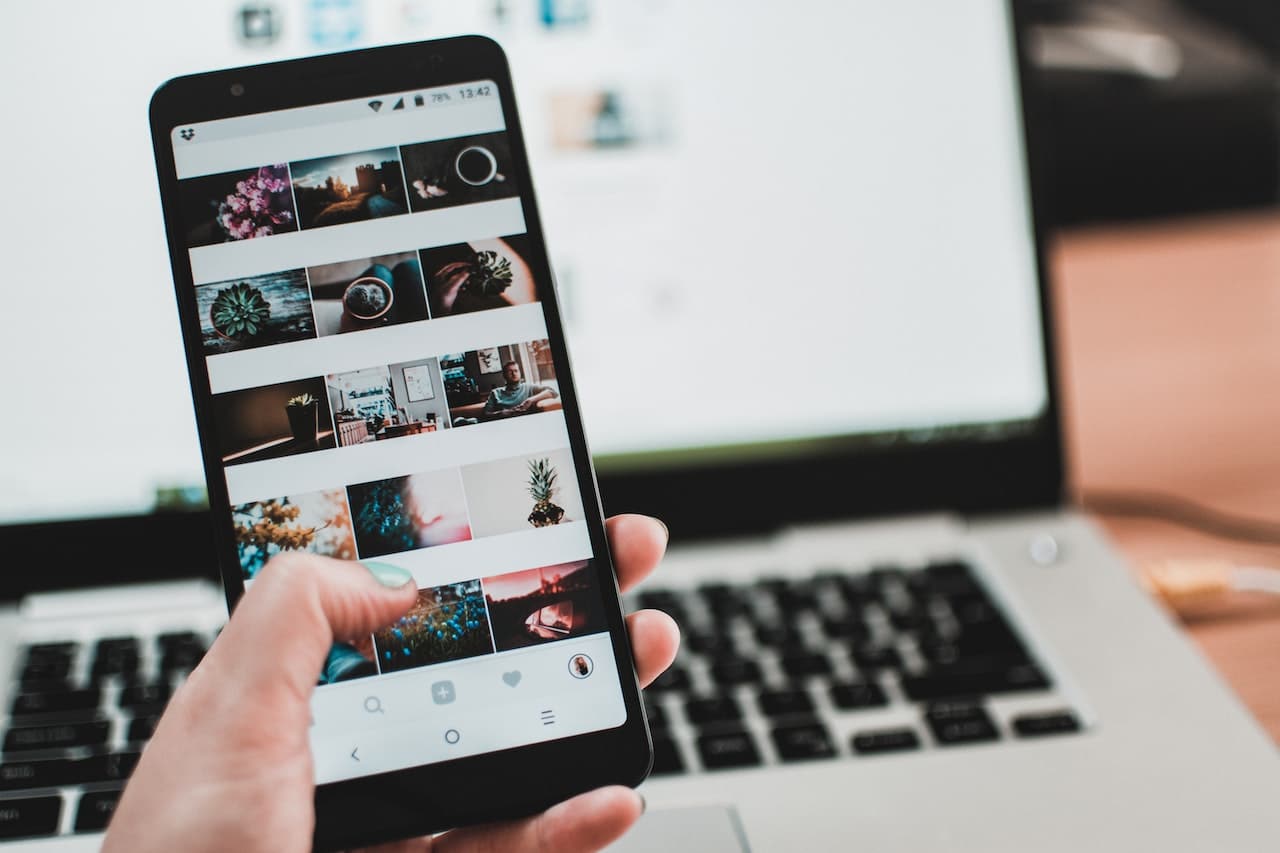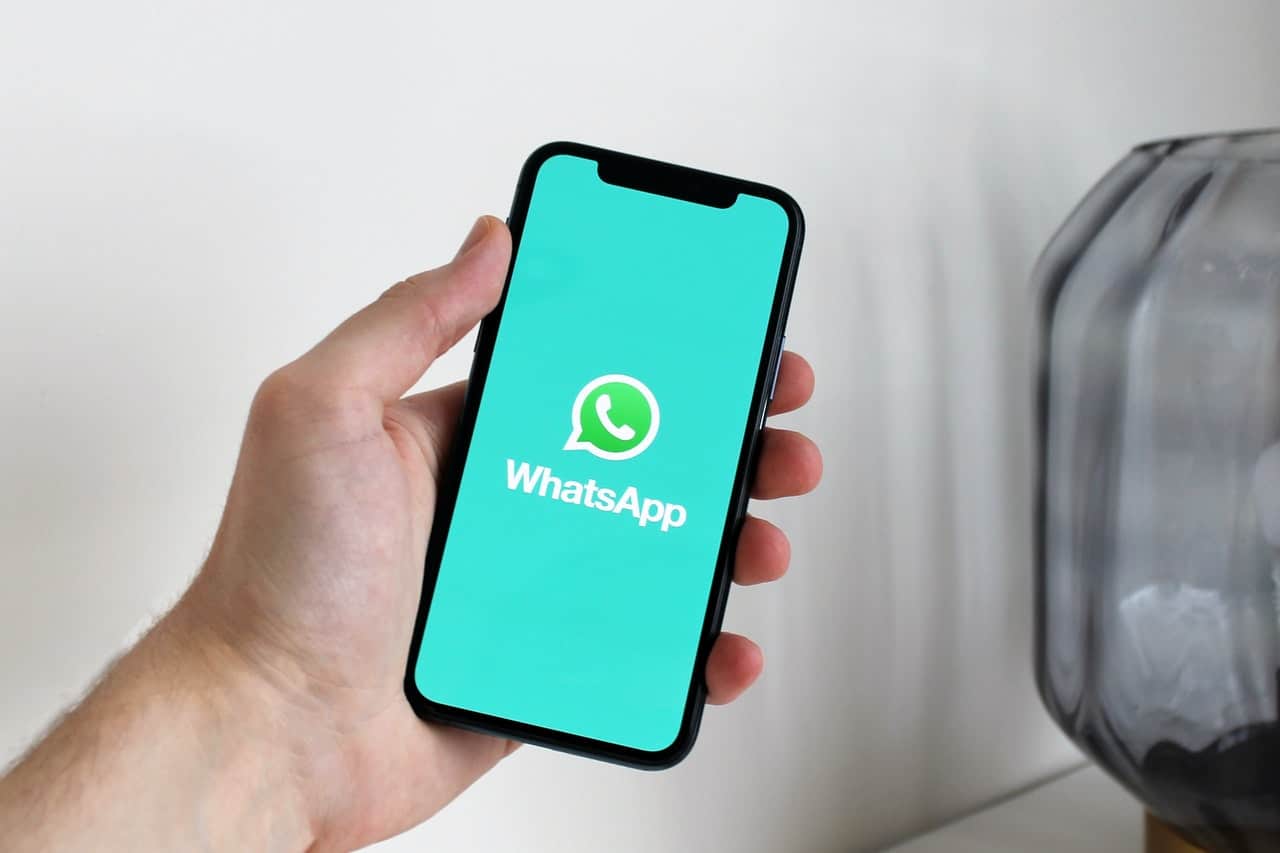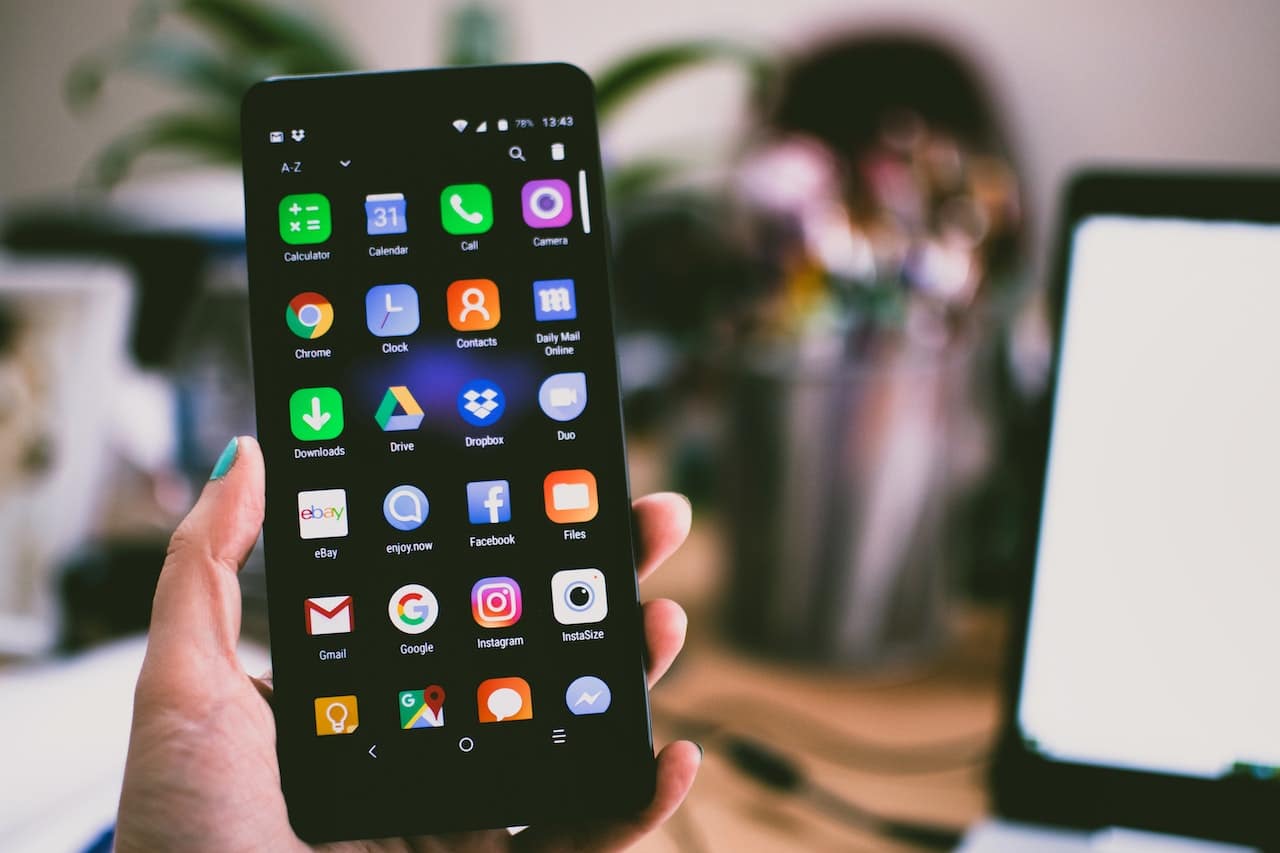
Mistakes are something human and, luckily, modern technology always seeks to have some mechanism to repair these mistakes. If you managed to delete a multimedia file by mistake, you don't have to worry, since the design of current phones allows recover deleted photos from gallery.
Below we explain the methods that exist to recover deleted photos from the gallery in an easy and fast way.

How to recover deleted photos from gallery

When data is removed from the phone, it is not deleted immediately, which gives a chance to recover it. The same applies to photos or videos deleted from the gallery, although it is true that depending on the cell phone system, the process may have certain variations. Therefore, we will detail each method.
remove from trash
Luckily, the same gallery app has “Trash” to save all deleted files, and permanently delete them after a specific period of time. So recovering deleted photos would not take you more than a few minutes, doing the following:
- Open the gallery app.
- Select the "Albums" section, if your phone does not automatically enter this section.
- Among the different options, you will see an album called "Deleted", or with a variation on this name, click on it. Typically, this is located at the bottom left of the screen, or at the bottom of the list.
- Once you have chosen that option, all the images and videos ordered by the time they have been deleted will appear on the screen, with a small subtitle indicating the time remaining before they are discarded forever.
- To recover a specific image, simply choose the photo in question and an option will appear asking you if you want to recover the file, to which you will answer "Yes", and you will see the photo located in your gallery again, in the same position where it was before deleting it.
Use Google Photos

One The options most used by people to recover their files is the Google Photos system, which works with the cloud and can be installed automatically when starting a cell phone for the first time. But, if this is not the case, you would have to download the application before deleting the photo to use this method, following certain instructions:
- Open the Google Photos app (it usually comes installed by default).
- Press the “menu” button, and you will see how different options are displayed.
- Among these options, you will find a directly called "Recycle Bin", located on the side of the screen, click on it.
- By doing this, you will find all the photos that you have deleted from the gallery. Now, you will simply have to do as in the previous method and select them to recover them.
Take advantage of the backup
Apart from your phone's default app, you can download other apps that automatically back up your photos, so you can always recover what you delete. Some of the most common options may be iTunes Backup, Dropbox, or Dubox.
Anyway, if you deleted the image from your gallery, you can go to one of these alternative applications and select the photo you deleted, hit "Options" and make a copy that goes directly to your gallery, and even if you also deleted the photo from here, you can access your stationery, do a process similar to the one mentioned before, and retrieve it simultaneously for the app and for the gallery.
Can you recover permanently deleted photos from gallery?
Since many are aware of the existence of the recycle bin, it is common for many to delete the file there as well, and are unaware of ways to recover it after that. Luckily, if the file was recently deleted, there is a way to recover it using an SD card.
- Install the SD card in your mobile device and download its respective application, so that the tool can work correctly.
- Now, launch Remo Recover for SD card and click on “Recover Photo” option.
- Then, you must select the drive you want to recover from the different options that appear.
- Then, click “Scan” option to check the photo data to see if it can be recovered, which may take a few seconds or minutes.
- Once this is done, check the recovered photo(s) using the preview function.
- Finally, you will be given to choose the location where you want to have the photos, select the gallery from your library and you will have them returned.
It should be noted, this method only works to recover photos that have been recently deleted, at a time when the data continues to decompose to eliminate them completely. This means that you can only permanently recover photos if they have not been deleted for weeks or months.
Although the good side of this situation is that there is no way to delete this decaying data, so you will always have the option to recover it before this period of time passes. Likewise, if the photo is too heavy, the time to recover it will be extended.
Endnotes
One of the most common myths about recovering photos is that they contain viruses. Because they are very small files (usually). While it is not completely impossible for one of these files to be infected, it is unlikely: for the same reason of size. Perhaps the most likely to prevail (in case of malware) are those infected files that are restored from the trash using an official manufacturer method.
As a final recommendation, it is worth mentioning that "premium" applications to recover files are not 100% effective and do not guarantee image quality. Basically because the original file is "deleted" first by the device storage. It is for this reason that mainly recovered files are found in thumbnail form, because they are so light that they have not been completely removed by hardware. If you want to recover an image that has been deleted for a long time, don't risk it.